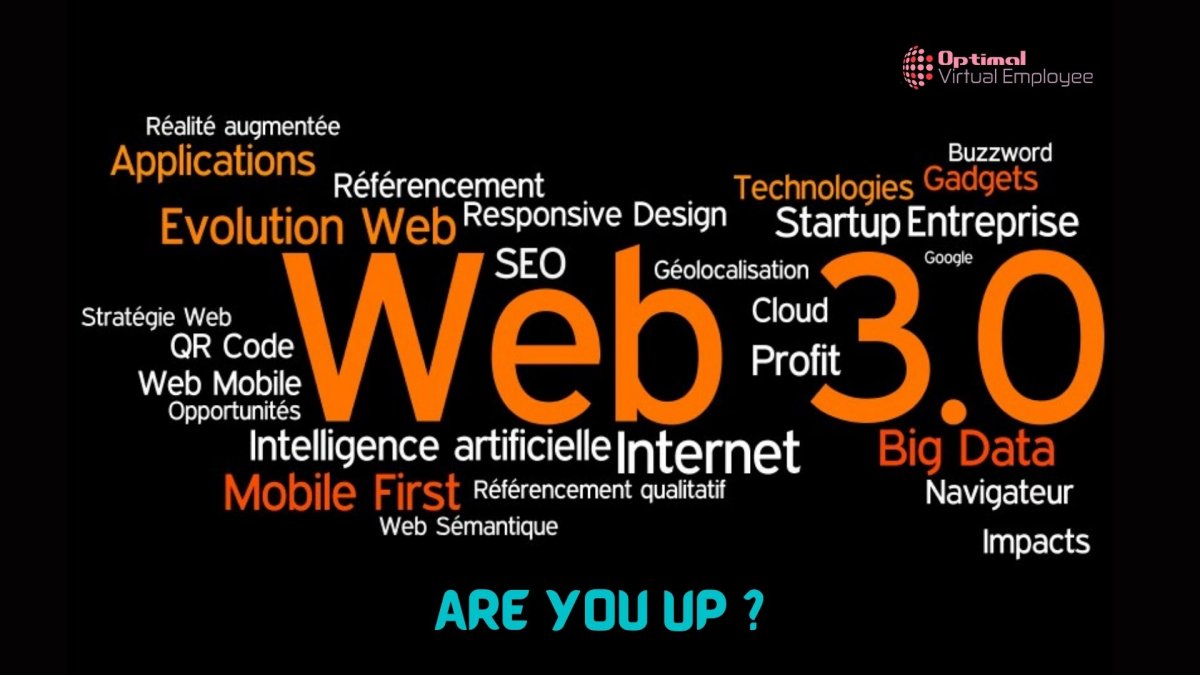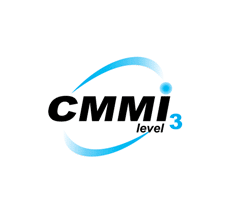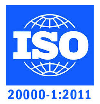We are proud users of Web 2.0. But at the same time, businesses struggle to find a competitive edge in the world online. The innumerable challenges that search engines and data analysis present make it difficult for businesses to gain a higher rank on the SERPs. Problems like wrong keyword inclusion and misplaced links often impede online business growth. No doubt, the world of e-business needs a renewed version of the web today.
Web 3.0- A New Era of Digital Transformation
Web 3.0 is touted as the forthcoming third generation of the internet. Every web process will be based on artificial intelligence, machine learning, AR/VR, big data, NLP, etc. Therefore, Web 3.0 can be considered the smarter version of the second internet generation, Web 2.0. Businesses need to hire web designers to make their web entities friendly with all these technologies to gear up for Web 3.0.
From a business perspective, if a user searches anything on the search engines, it won’t be based solely on keywords anymore. Rather, with the help of AI, the results displayed will be based on the search’s context and search intent, allowing the user to reach much more relevant results compared to the search results displayed by Web 2.0.
With unparalleled popularity even before its inception, Web 3.0 is a sought-after recluse for businesses the world over. In reality, however, Web 3.0 is still in its nascent phase where developments and transformations are being done to provide online businesses with an avant-garde experience. However, few features can be integrated into the present digital market to push a business towards Web 3.0.
Top features of Web 3.0
Here are the top features of Web 3.0 that will change the dynamics of the online world.
-
Artificial Intelligence for business development
Web 3.0 is driven by artificial intelligence and related technologies like machine learning and big data. So, with the implementation of Web 3.0, several businesses will have to make themselves AI-driven. That means building more appealing interfaces that are more flexible for human understanding. Moreover, UX designers would have to build a website as per the target audience’s expectations. It would be in the interest of the developers to add seamless functionalities to the website like chatbots and live chat.
With AI codes implemented in their codes, it will become possible for businesses to interact with the visitors and keep them engaged directly. This will further help collect proper data sets and analyze the same to reduce web designs and development flaws. In the end, the aim is to bring to life sleek and frictionless web designs to ensure a smooth user experience.
-
Semantic Web Optimization
According to the Semantic web rules, search engines will display the results based on contextual searches and not keywords. Hence, users can search anything with their speech rather than typing the same in the search engine bars. This way, every business will have to optimize themselves such that their online websites can recognize the speech and match the prerequisites of the Web 3.0 search engines, which will be much smarter.
Another major benefit of the Semantic web is that it will differentiate between the contextual meaning of a certain word. For example, if a user is searching “Photon,” the search engine of Web 2.0 will display results related to the packets of energy called photons. However, Photon is also a car brand from Australia. So here comes a contextual difference in the word “Photon,” which a Semantic web search engine will be able to understand.
-
Increased focus on several types of multimedia content
Rather than the normal textual content, online businesses will have to include more dynamic and conversational content in various multimedia elements to outshine Web 3.0. Be of GIFs or short videos, the inclusion of multimedia will allow the businesses to meet the search algorithms of Web 3.0. For example, suppose a user uses voice search to see the results; in that case, the concerned business’s website will be listed in the SERPs, provided the multimedia or the dynamic textual content matches the search context.
Conclusion
Web 3.0 is all set to change how online businesses function. Hence, several aspects will be transformed, be it the concept on which search engines will display results or the new forms of web design, including multiple images and symbols at once. While most businesses might not be ready yet to implement such upscaling, optimizing semantics, multimedia content, and making the web entity AI-ready can help them streamline the adaptation to Web 3.0. Businesses must collaborate with skilled web designers who emphasize creative elements, use background elements like shapes and cures to impose navigation paths, and highlight valuable content in addition to engaging UI.
Read More:
Website Design: Tried and Tested Advanced Practices Every Business Must Use









